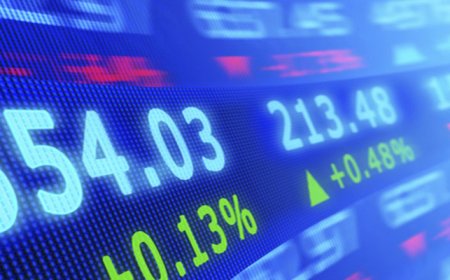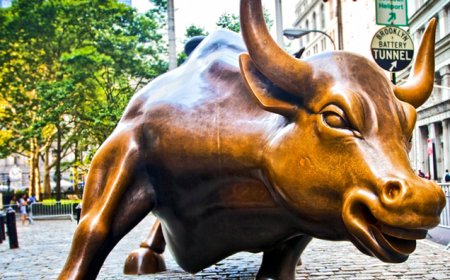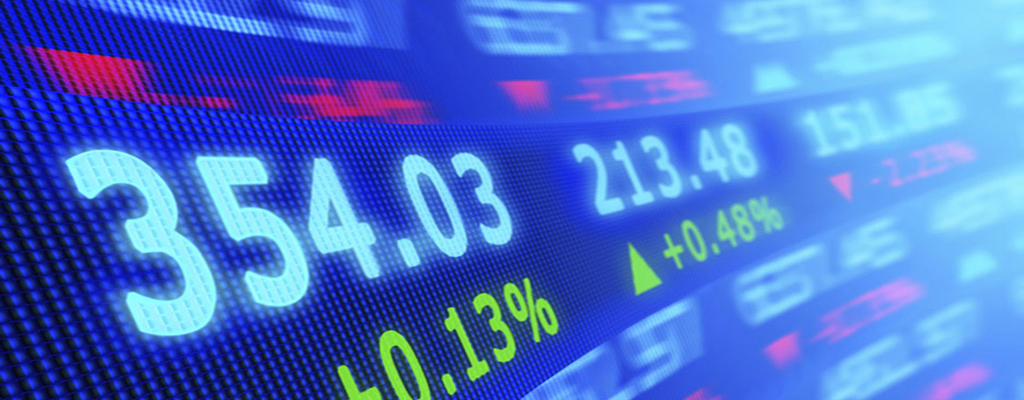Futures Flat on U.S. Debt Concerns

Futures for Canada's main stock index were subdued on Friday, mirroring Wall Street peers, as investors remained cautious of U.S. debt burden and awaited trade and economic updates.
The TSX Composite Index edged ahead 14.47 points to 25,853.64 Thursday.
June futures forged ahead 0.1% Friday.
The Canadian dollar grabbed 0.16 cents to 72.31 cents U.S.
The Republican-controlled U.S. House of Representatives passed a sweeping tax and spending bill on Thursday, raising concerns about worsening fiscal outlook in the world's biggest economy. The bill now heads to the Senate for approval.
Also on Thursday, Bank of Canada Governor Tiff Macklem said he expected second-quarter growth to be "quite a bit weaker" than the first quarter, and that it could be worse in subsequent quarters if the uncertainty around U.S. tariffs continued.
The central bank last month forecast annualized first-quarter GDP would be 1.8% but did not give any other projections, citing uncertainty over U.S. tariff policy.
The official numbers are due out next Friday, a week before the Bank of Canada gives its interest rate decision.
On the economic slate, Statistics Canada reports retail sales increased 0.8% to $69.8 billion in March. Sales were up in six of nine subsectors and were led by increases at motor vehicle and parts dealers.
ON BAYSTREET
The TSX Venture Exchange gave back 0.13 points Thursday to 678.55.
ON WALLSTREET
Stock futures declined early Friday after President Donald Trump ramped up his trade fight again, slapping a tariff on Apple for foreign-made iPhones and recommending new stiffer duties on the European Union.
Futures for the Dow Jones Industrials index fell 606 points, or 1.5%, to 41,319
Futures for the S&P 500 index retreated 91.5 points, or 1.6%, to 5,765.50.
Futures for the NASDAQ faltered 406 points, or 1.9%, to 20,772.25.
Apple shares shed 3% in premarket trading after Trump posted on Truth Social that iPhones sold in the U.S. must be made in the U.S. and if they are not “a tariff of at least 25% must be paid by Apple.” The move against Apple by Trump is the first against a specific company in his tariff rollout this year.
Separately, the president said trade discussions with the EU “are going nowhere” and so he’s “recommending a straight 50% tariff on the European Union, starting on June 1, 2025.”
Trump’s actions come at a time when tariff tensions were easing. Trump in April implemented duties on most nations in the world, which rattled the stock market and nearly put the S&P 500 in a bear market. The president then paused the stiffest tariffs for 90 days and hatched some preliminary agreements with the U.K. and China, causing stocks to recover. The S&P 500 got back to even on the year last week.
Before Friday’s losses, the major averages were already in the red this week with surging bond yields worrying investors. The S&P 500 is down nearly 2% through Thursday’s close. The Dow is on pace for a decline of about 1.9%, while the NASDAQ is tracking for a 1.5% slide week to date.
In Japan, the Nikkei 225 index gained 0.5% Friday, while in Hong Kong, the Hang Seng eked up 0.2%.
Oil prices handed back 69 cents to $60.51 U.S. a barrel.
Gold prices surged $51.60 to $3,346.60 U.S. an ounce.









































